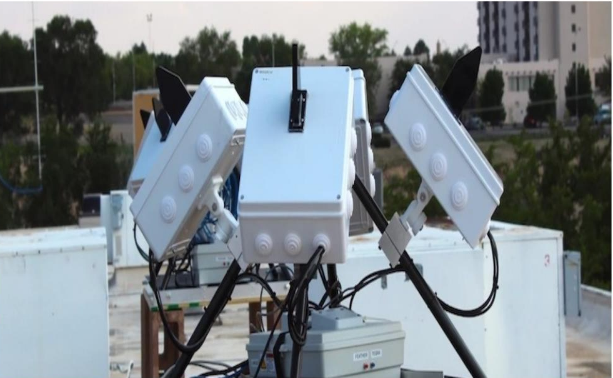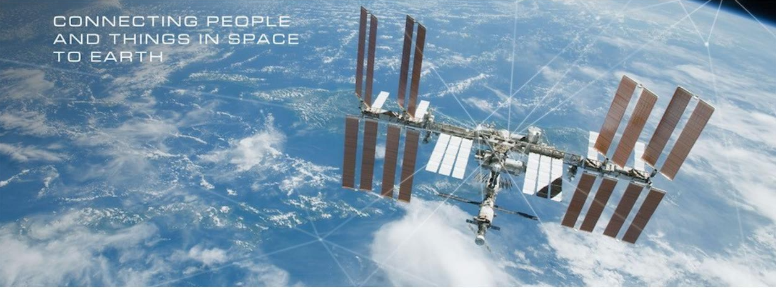If space has always been an enigma for mankind, then the moon has always served as the first post for any attempt at understanding or exploring deeper space. All ventures into outer space, ranging from exploratory fly-bys to managed flights, have first been tried out of the moon . Space research is also moving into larger-scale simulations using powerful infact given the high cost, and often the impracticablity of conducting live experiments, space research had moved into computer-based simulation long before most other streams.
Everything from flight paths of futer rockets to the theories on the origin of the universe and its evolution are today computer simulated. Consider the case of the magnetic field around a planet. let take the moon as our example the moon’s magnetic field is very feeble when compared to that of the earth. Also unlike on the earth, it varies widely from point to point. This much is known from the measurements taken by spacecraft that flew by or landed on the moon.
Internet in Mars
The Internet is slated to go over and above this world, the first target being Mars, followed by Jupiter and then moon. This idea of taking the Internet to the space comes from the need for a low cost high reliability inter planetary network. It is not that there was no communication earlier. When countries started sending probes into the space, each used a unique set of protocols to communicate with the earth. This was done using the deep space network (DSN) developed by NASA. Since these probes have communicated with same ground stations, the need for common protocol increased with time. Taking the internet to space is the offshoot of this need for standardization. The inter planetary network (IPN), a part of jet Propulsion Laboratory (JPL), is managing this program.
But how will this be implemented ?
One can plan how the internet will work on the earth because Of its fixed size and the fixed positions on which the data has to travel. Now, for the implementation on the planets will be connected through individual dedicated gateways. The individual networks can follow their own protocols, but these protocols will end at the gateway. By keeping the internet of all the planets separate engineers will not have to make long service calls. Besides they will not have to send a database of 20-million dotcom names to mars periodically
These gateways will work on a bundle based protocol, which will reside over the transport layer to carry data from one gateway to another. This gateway may not be on the surface of a planetary body, it can be a spacecraft in orbit too. At the moment a bundle protocol will be needed because the data will need to travel huge distances, and sending small packets of data may not be feasible. Instead, this data will be collected and sent in a bundle, as a big burst of data, to the next gateway.
Future Communication Solutions for Space
The new space renaissance witnessed around the globe in recent years has spurred innovations in telecommunications in space. Both private entities and government agencies are exploring news ways to communicate with space assets:

Private company ATLAS operates a satellite ground network for communication services in the UHF, S, X and Ka-band frequencies. ATLAS has developed a proprietary cloud platform that enables low latency machine-to-machine (M2M) communications using the REST web standard. The company is currently working with NASA to develop a portable ground station network using an internet-managed antenna system developed by ATLAS.
ATLAS is also developing a deep space communication relay network. The Interplanetary Satellite Communications Network (ISCN) will likely become the first commercially-available deep space network, though the company hasn’t held a technology demonstration for the network yet.
Solstar’s Wi-Fi in Space

Solstar is a private startup that’s working to develop in-flight wireless connectivity for future suborbital and orbital flights. The company has developed the Schmitt Space Communicator, a small, sturdy router designed to withstand extreme conditions of spaceflight in order to provide wireless internet connectivity aboard a rocket.
The Future of Internet in Space

The future is bright for the networking technology supporting space exploration. The LCRD mission, for example, is slated to launch in 2019, which will further test laser communications between ground stations and spacecraft. Astrobotic’s first mission to the Moon will see laser communication data rates of 1Gbps to the earth using ATLAS’s laser technology. NASA and MIT researchers have developed laser based long distance internet . The team made history by transmitting data over the 384,633 kilometers between the moon and the earth at a download rate of 622 megabits speed which is quite amusing so far all the people struggling to get a good internet speed this would be helpful.